Your home can either recharge you or drain you—and surprisingly, it often comes down to the little things. From the lighting in your bedroom to the clutter on your kitchen counter, subtle details impact how you feel every day. Scientists and designers alike have studied how environments affect mood, and the results might surprise you. These everyday household items have more power over your emotional state than you think.
1. Light Bulbs

According to the Sleep Foundation, bright, blue-toned bulbs can throw off your circadian rhythm and make it harder to wind down. That’s why many designers recommend switching to soft white or warm-toned bulbs in the evening. These tones mimic sunset and help your body prepare for rest. On the flip side, bright daylight bulbs in the kitchen or home office can boost energy and focus.
Wealthy homeowners often use smart bulbs to shift the mood with a tap or voice command. But even a simple swap to warmer light can improve your overall comfort. The right lighting transforms not just your space—but your whole evening. And the best part is, you’ll feel the difference without even realizing why.
2. Wall Color
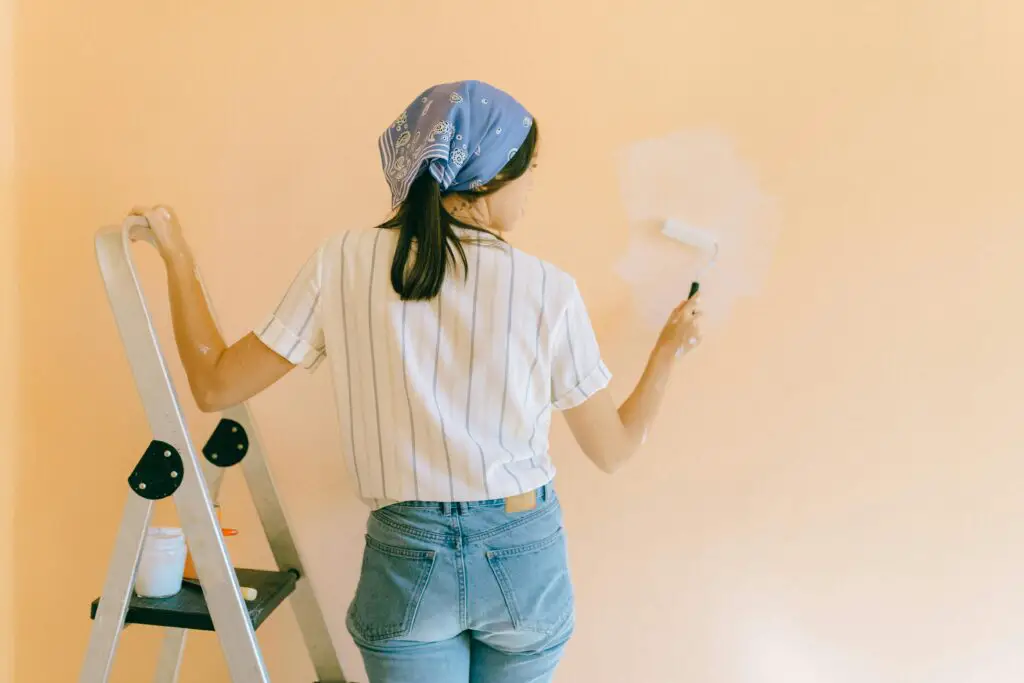
As Architectural Digest points out, wall color affects your emotions far more than you might expect. Warm neutrals like beige and blush can make you feel grounded, while cooler shades like blue or green promote calm. Loud colors, like red or bright orange, can subtly heighten anxiety or overstimulation. Choosing the right paint can literally change how your home feels.
Mood-conscious homeowners often repaint bedrooms or bathrooms to create a more peaceful vibe. Even a small accent wall can shift the tone of a room. If you’ve ever walked into a space and instantly felt relaxed, color was likely a key reason. It’s mood architecture you can control with a roller and a weekend.
3. Clocks
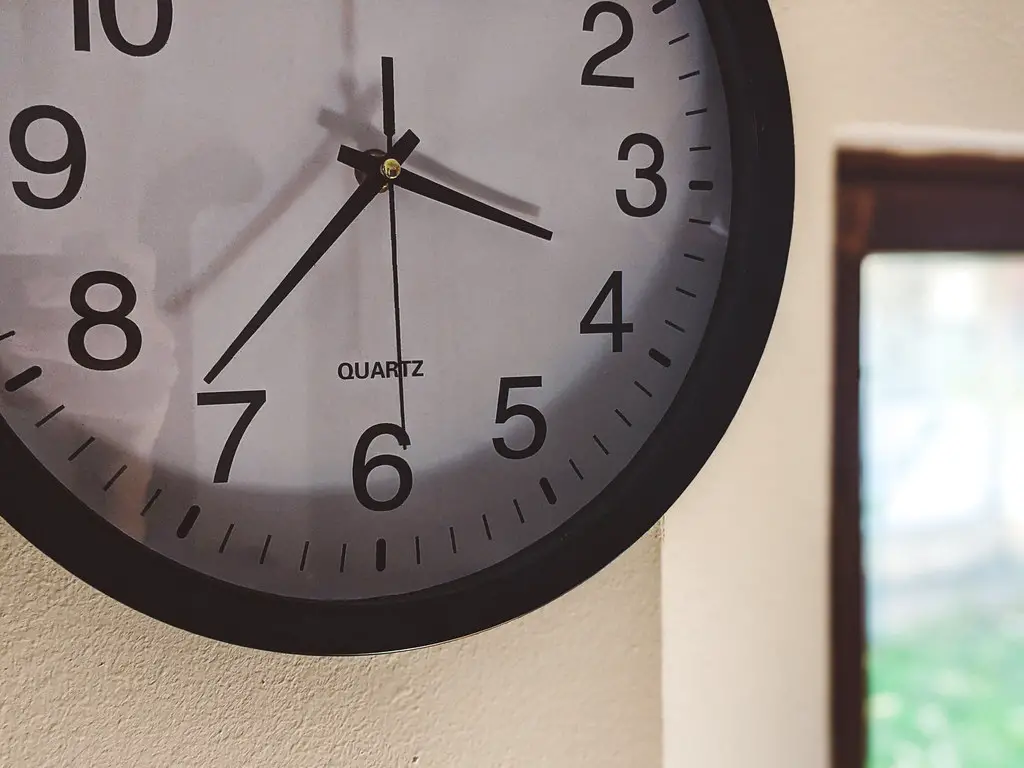
A study in Psychology Today noted that constantly checking the time can create feelings of anxiety, urgency, or even guilt. The presence of too many clocks—or even one in a high-stress space—can subconsciously make you feel rushed. That’s why many wellness-forward designers remove clocks from bedrooms and living rooms. It allows the mind to rest without time pressure.
On the other hand, a beautiful, analog clock in a kitchen or entryway can feel timeless and calm. It’s all about context and quantity. Consider removing or relocating clocks from places where you want to relax. Your stress levels may thank you.
4. Rugs
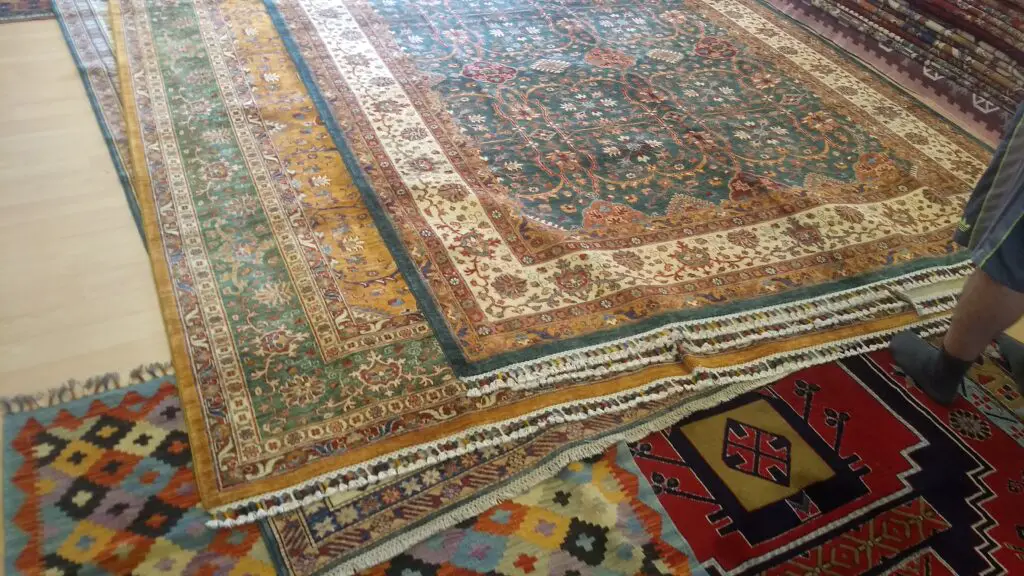
The feel of a soft rug underfoot can have a surprisingly calming effect, according to research shared by The American Institute of Stress. Texture communicates comfort, warmth, and security—something we crave without even knowing it. Rugs also help with acoustics by softening echo, which makes a space feel less harsh. Just walking barefoot on a plush surface can signal your body to unwind.
Mood-conscious homeowners often invest in layered rugs in bedrooms or reading nooks. Even a small area rug can anchor a space and create a cocoon-like vibe. Swapping out a flat-woven mat for something thicker can dramatically change how a room feels. Your feet—and your nervous system—will notice.
5. Mirrors

Mirrors bounce light and make spaces feel larger, but they can also affect your self-perception. A poorly placed mirror can make you overly self-conscious or amplify clutter. On the flip side, a thoughtfully placed mirror near natural light can brighten your mood. It’s all about balance and positioning.
Designers often use mirrors in hallways or dining areas to reflect calm views. Try avoiding full-length mirrors in high-traffic spots like kitchens or entryways. When used strategically, mirrors can elevate both light and mood. Just be mindful of what they’re reflecting.
6. Window Treatments
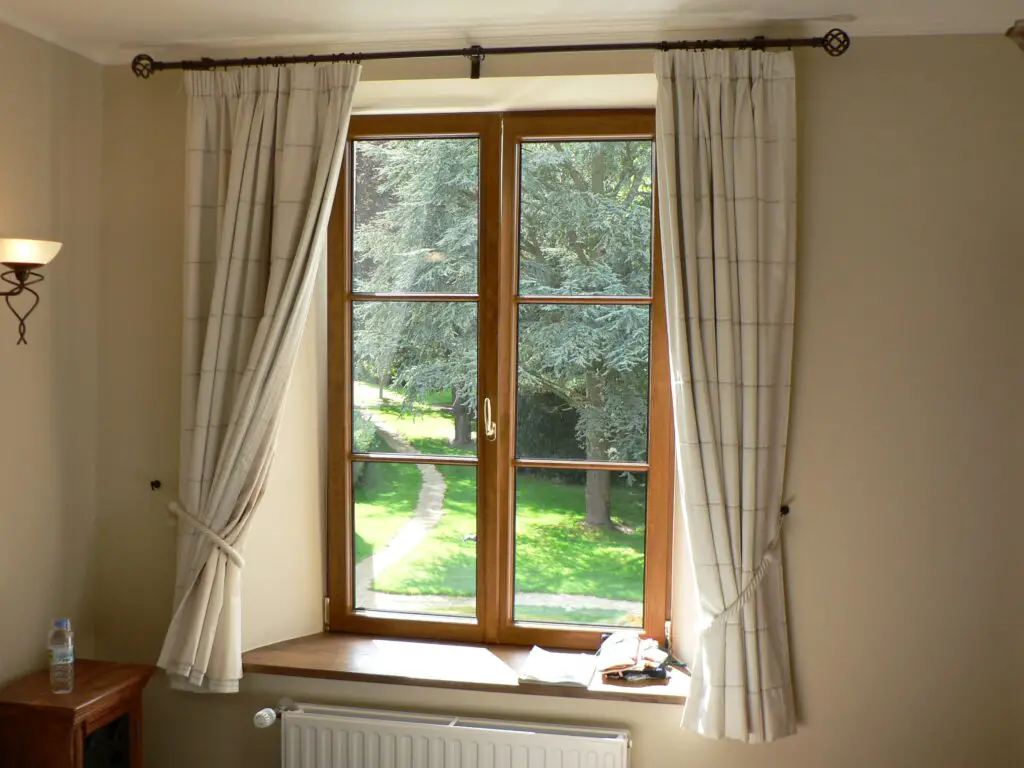
The amount of light that comes through your windows plays a huge role in regulating your mood. Heavy drapes can make you feel sleepy or closed-in, especially if they block out natural light. Lighter curtains or sheer panels let in sunshine and help your body stay alert and uplifted. The difference is subtle—but powerful.
Some homeowners even use different treatments for different rooms based on mood goals. Think blackout curtains in the bedroom and breezy panels in the living room. It’s an easy way to “program” your day with light. And once you make the change, you’ll wonder how you lived without it.
7. Scented Products
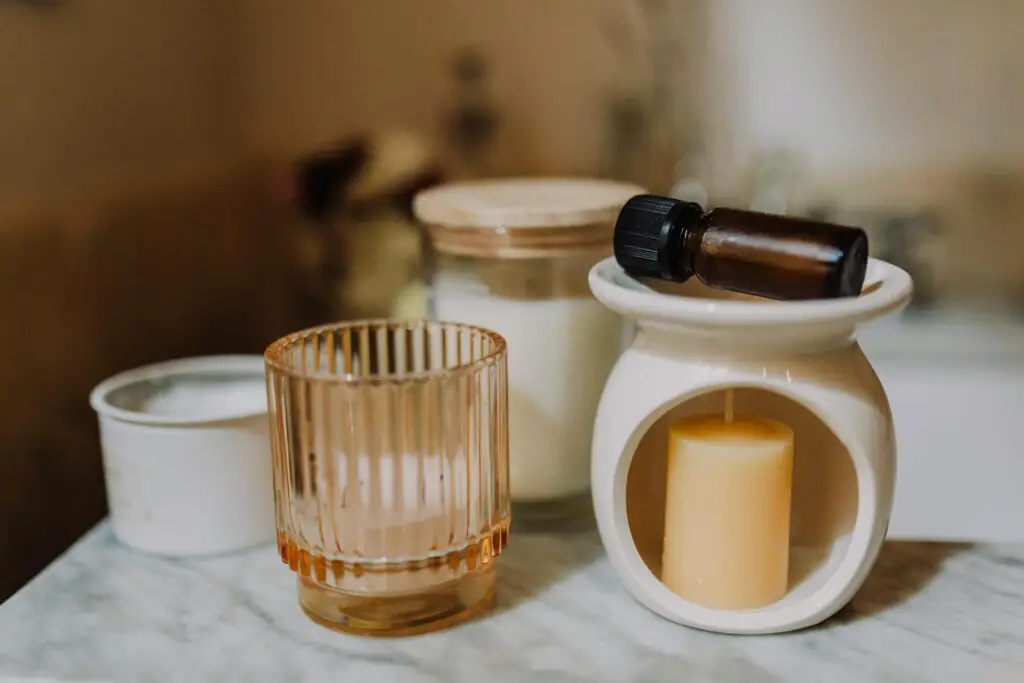
Your sense of smell is deeply tied to your emotions and memory. That’s why candles, diffusers, and even laundry detergent can trigger powerful feelings. A hint of lavender may help you relax, while citrus scents can energize and boost focus. The trick is to keep scents subtle and intentional.
Layering a favorite scent throughout your home can help create a calm, cohesive experience. Many homeowners have “signature” home scents just like a personal perfume. It’s a small detail that leaves a big impression. And it can instantly shift your mood when you walk through the door.
8. Music Speakers

You might not always notice the speaker in the corner, but your brain definitely registers the vibes. Whether it’s background jazz, a favorite podcast, or absolute silence, sound affects your sense of space. Having a speaker nearby encourages more intentional listening—and therefore, more mindful energy. Even soft ambient noise can reduce stress levels.
Many people leave music playing in low volume during chores or downtime. It subtly elevates the atmosphere without requiring your full attention. Over time, it trains your brain to associate your home with calm and pleasure. That’s a powerful mood tool hiding in plain sight.
9. Throw Pillows
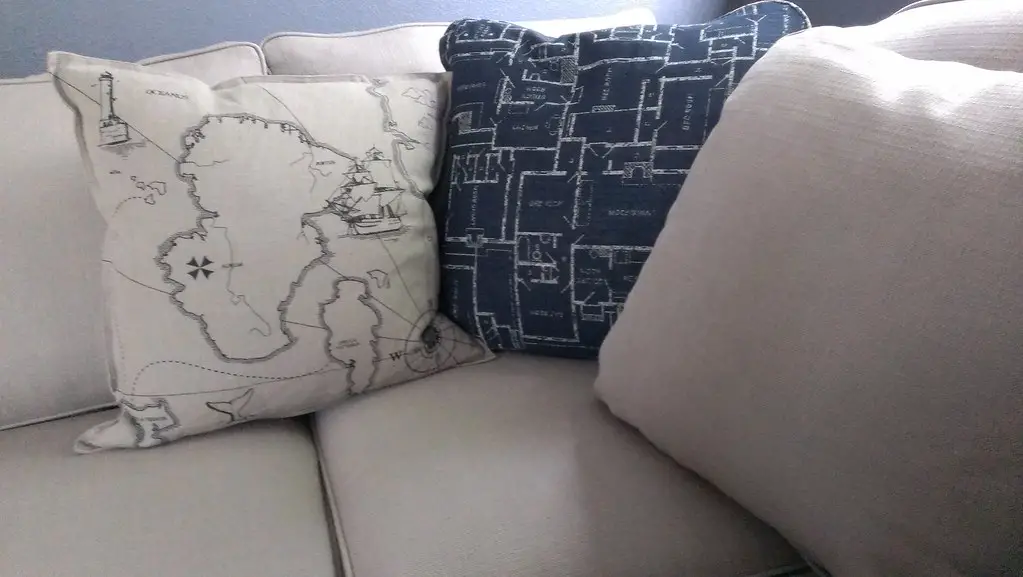
Throw pillows aren’t just decorative—they signal comfort and softness. The more visually cozy a space looks, the more welcome your body feels to rest. And the act of fluffing or rearranging pillows can be soothing in itself. It’s a tactile cue that says, “Relax—you’re home.”
Switching them out seasonally also helps refresh your space mentally. Lighter tones in summer, plush velvets in winter—it’s like mood therapy for your sofa. Rich homeowners often mix textures to create layers of coziness. And once you start paying attention, it’s hard not to feel the difference.
10. Wall Art
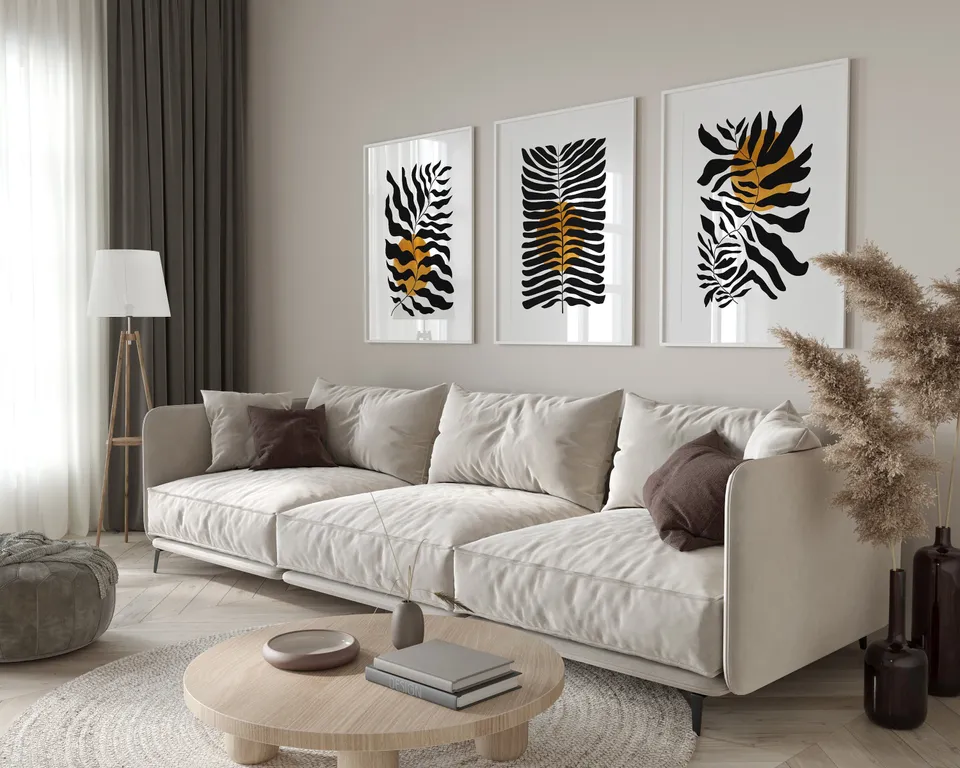
What you hang on your walls is more than just decoration—it’s mood messaging. Calming landscapes, bold abstract pieces, or sentimental photos all carry emotional weight. A chaotic or overly busy gallery wall can make your space feel cluttered, even if the room isn’t. Meanwhile, intentional art choices add focus and personality.
Swapping one painting can shift how a whole room feels. Homeowners often rotate pieces based on season or emotional needs. Art is a daily emotional touchpoint, even if you only glance at it. Choose pieces that lift or soothe you, not just ones that look trendy.
11. Bedding
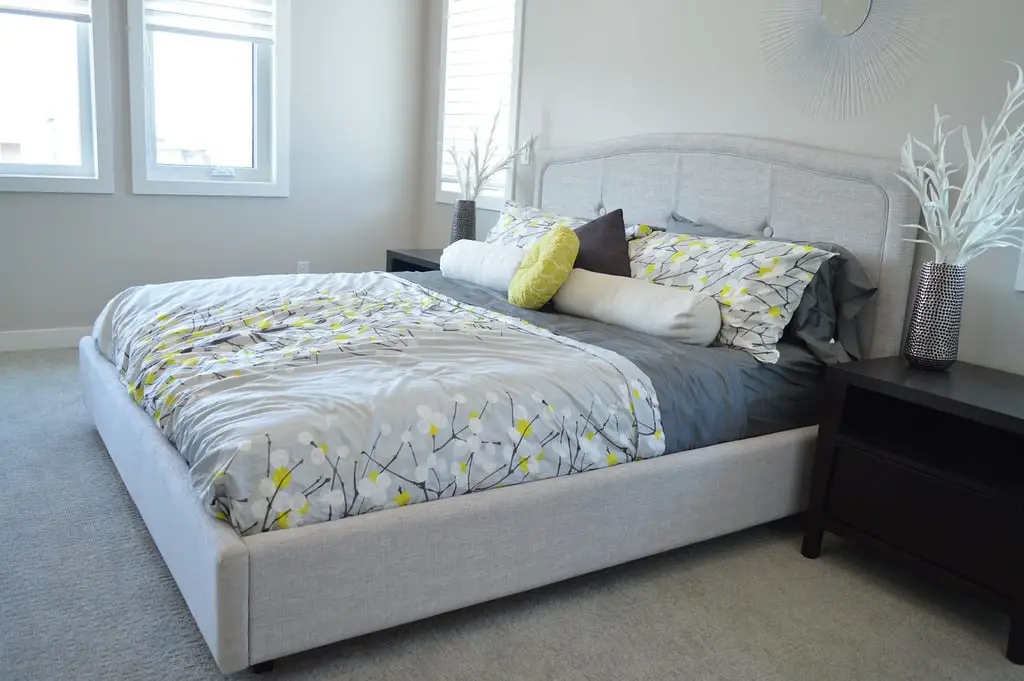
Your sheets, pillows, and blankets have a direct line to your nervous system. Soft textures and natural fibers promote better sleep and calm feelings. Meanwhile, stiff or synthetic bedding can lead to restlessness without you realizing why. Your bed should be a sanctuary, not just a place to crash.
Even upgrading one element—like a pillowcase or comforter—can improve how you feel waking up. Think of it as a sensory investment. The colors and fabrics you sleep in matter more than you think. And your mood the next day often starts with how you slept the night before.
12. Clutter Catch-Alls
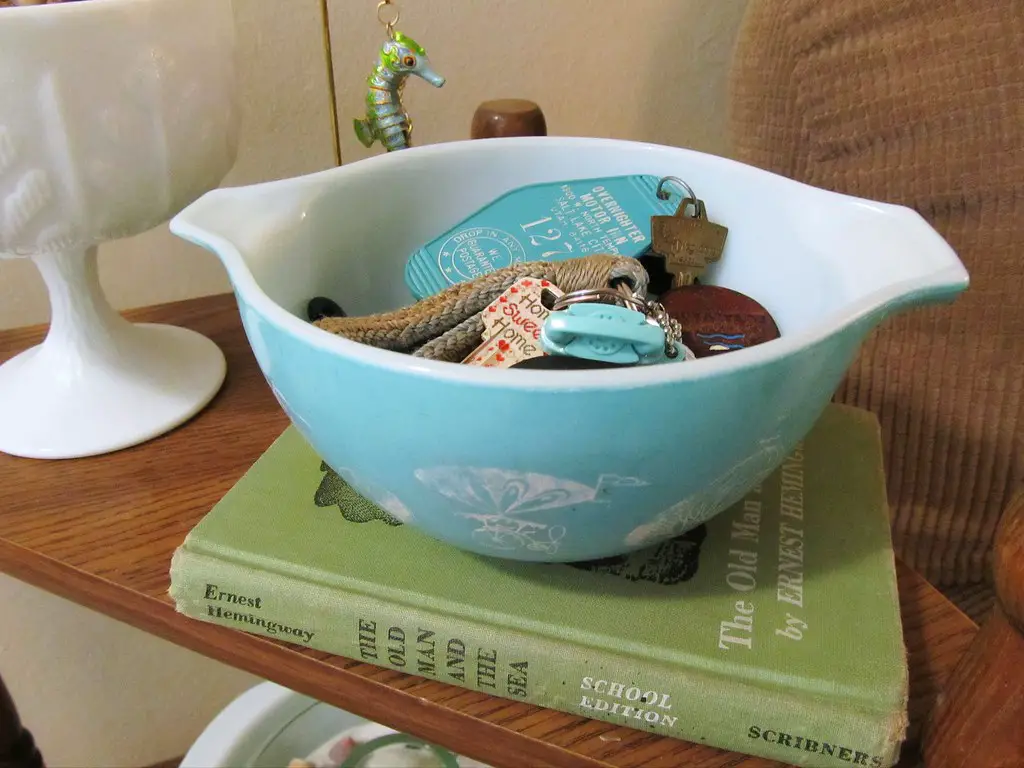
Baskets, trays, and bins are mood-saving heroes in disguise. They give everything a home—and prevent visual chaos from taking over. When your brain doesn’t have to process a dozen loose items on the counter, it can finally relax. Less clutter = less stress.
Even small drop zones by the door or kitchen can make a big difference. Rich homeowners often style these catch-alls to look intentional. It keeps daily life tidy without constant cleaning. A calm space starts with less visual noise.
13. Plants
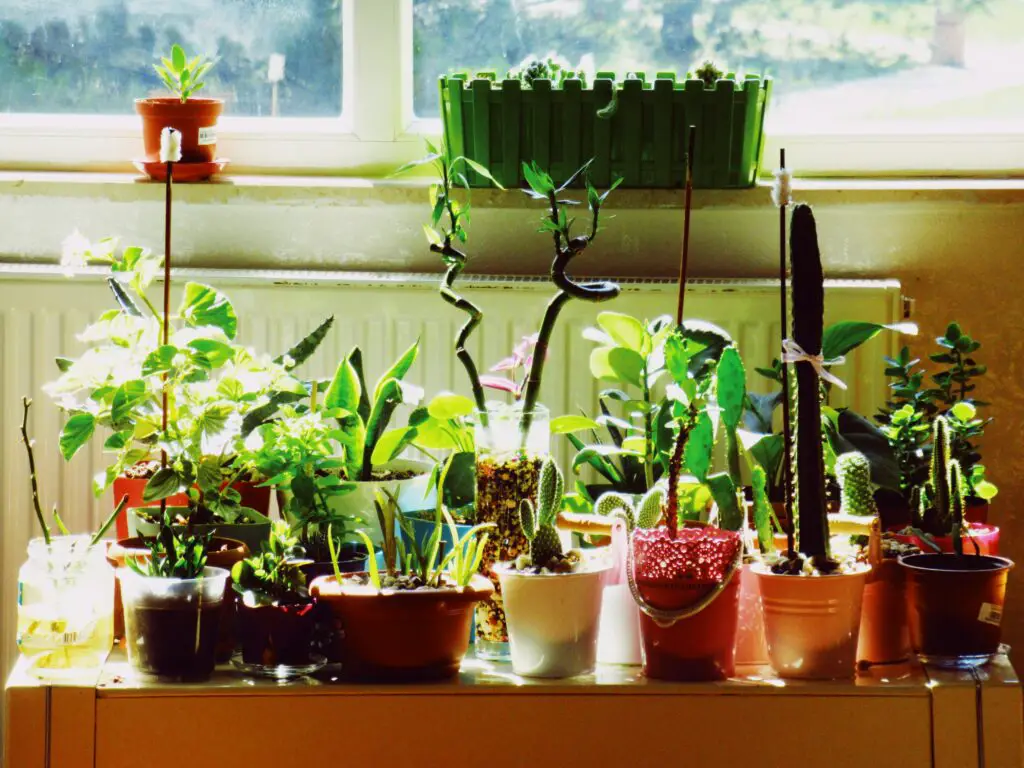
Bringing a little nature inside has huge benefits for your mental health. Studies show that even one or two houseplants can lower stress and improve mood. They add color, oxygen, and a living element that breaks up the artificial feel of indoor spaces. And they subtly remind you to slow down.
From low-maintenance snake plants to lush pothos, there’s something for every room. Tucking greenery into your living room or bathroom makes the space feel more alive. Rich homeowners often use oversized plants as natural “sculptures.” It’s biophilic design at its most beautiful—and accessible.
